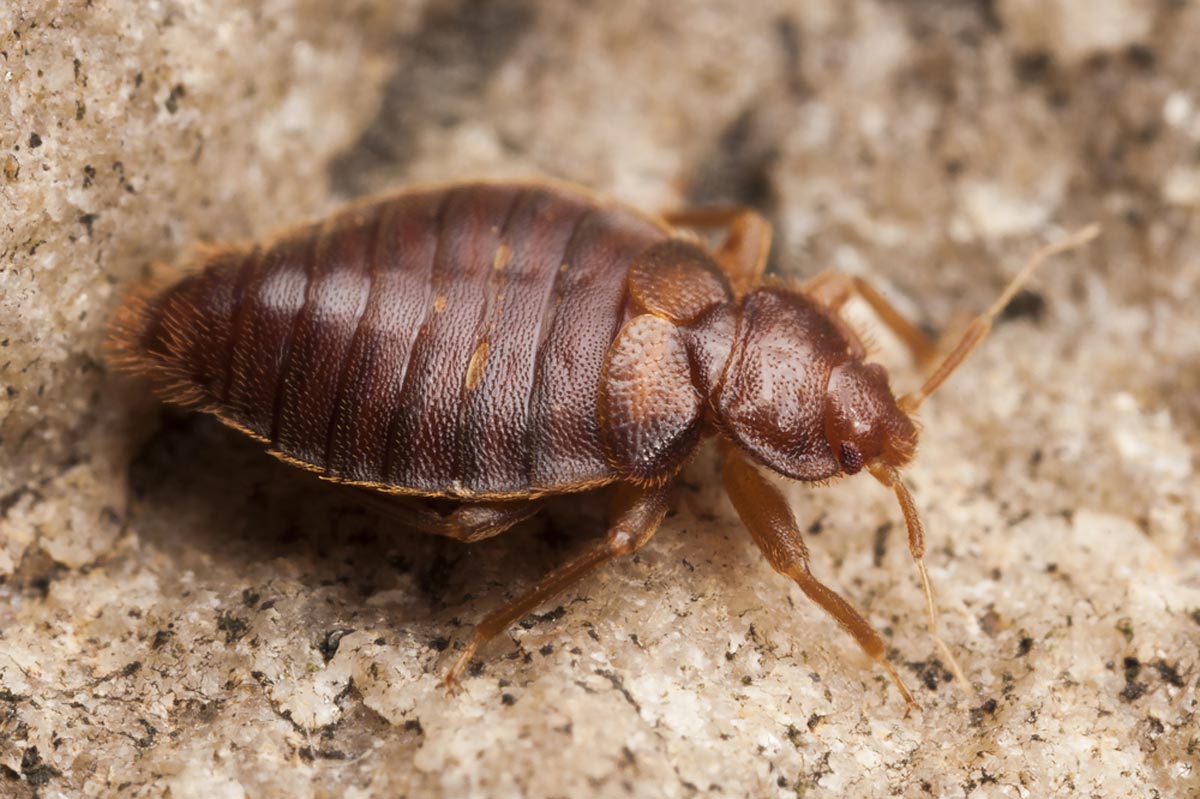Comprehensive A1 Bed Bug Extermination in Houston Location
Comprehensive A1 Bed Bug Extermination in Houston Location
Blog Article
Recognizing the Lifecycle of Bugs for Targeted Control Techniques
Recognizing the lifecycle of pests is an essential facet of effective bug management methods. Via a deeper understanding of exactly how parasites thrive and develop, customized control strategies can be created to resolve specific points in their lifecycle, inevitably leading to even more successful insect monitoring end results.
Significance of Comprehending Parasite Lifecycle
Understanding the lifecycle of insects is necessary for creating effective and targeted control techniques in bug monitoring. By understanding the various stages an insect undergoes from egg to grownup, insect control professionals can determine prone factors in the lifecycle where treatment can be most effective. Recognizing when larvae are most energetic can aid establish the optimum timing for using larvicides. Additionally, understanding the lifespan of a pest species can aid in predicting population growth patterns and potential infestation risks.
Additionally, acknowledging the particular environmental conditions essential for each and every phase of the insect's lifecycle can direct decisions on environment adjustment or exclusion methods to minimize and disrupt the lifecycle pest populaces. This understanding enables pest management specialists to carry out proactive actions instead of depending solely on responsive treatments, leading to even more sustainable and lasting parasite control options. Ultimately, a thorough understanding of parasite lifecycles equips pest control professionals to tailor their approaches successfully, minimizing ecological impacts and maximizing control end results.
Secret Phases in Insect Growth
To successfully implement targeted control methods in parasite administration, a critical element depends on comprehensively determining and recognizing the essential phases in parasite development. Bug growth usually includes a number of vital stages that are important for their lifecycle and monitoring. The first stage is the egg phase, where parasites lay eggs that later hatch into larvae. Larvae after that proceed into pupae, a stage where they go through transformation prior to becoming adult insects. Comprehending these phases is essential as it helps in identifying weak spots in the lifecycle where control measures can be most effective.

Susceptabilities in Pest Lifecycle
Throughout the different stages of a bug's lifecycle, distinct susceptabilities arise that can be purposefully targeted for reliable control steps. One important susceptability depends on the egg phase, where bugs are typically a lot more vulnerable to certain pesticides or biological control representatives as a result of their soft external covering, making them simpler targets for intervention. Additionally, the nymph or larval phase provides vulnerabilities as parasites undertake fast growth and development, calling for high power consumption that can be exploited by interrupting their food sources or introducing development preventions. Pupal stages, identified by stability and change, offer a home window for targeted control with physical barriers or details therapies that hinder effective introduction. Grown-up pests, while a lot more resilient due to their reproductive ability, can still be susceptible throughout mating or egg-laying tasks, which can be interrupted through pheromone catches or sterilization strategies. Comprehending these vulnerabilities in the bug lifecycle is important for creating accurate and reliable control techniques that properly manage bug populations while lessening ecological effect.
Implementing Targeted Control Measures

Executing targeted control procedures generally includes a multi-faceted strategy. This may consist of environment modification to make the atmosphere much less hospitable to bugs, such as getting rid of standing water for mosquito control or sealing entrance factors for rodents. Furthermore, organic control approaches can be utilized, where natural killers or virus are presented to keep insect populaces in check.
Integrated Pest Monitoring (IPM) approaches that integrate different control measures in a A1 Bed bug exterminator houston LLC coordinated and lasting way are frequently the most effective in attaining lasting bug management goals. By executing targeted control actions based on a comprehensive understanding of parasite lifecycles, insect populations can be successfully managed while minimizing threats to human health and wellness and the atmosphere.
Boosted Bug Management Practices

Additionally, the consolidation of biological control representatives, such as all-natural killers or pathogens of pests, can help in reducing reliance on chemical pesticides and advertise a more balanced ecosystem. Applying physical barriers and catches can additionally become part of improved pest monitoring techniques, using non-toxic and targeted remedies for insect control. Additionally, the usage of scents and other semiochemicals can disrupt pest breeding patterns and communication, bring about decreased parasite populaces over time.
Conclusion
To conclude, understanding the lifecycle of parasites is crucial for efficient pest management techniques. By determining essential stages in insect advancement and susceptabilities in their lifecycle, targeted control measures can be implemented to reduce bug populaces. Enhanced insect administration techniques can help in reducing the reliance on broad-spectrum chemicals and advertise even more eco pleasant and lasting pest control approaches. This understanding plays an essential duty in preserving healthy ecological communities and agricultural efficiency.
Recognizing the lifecycle of parasites is essential for developing reliable and targeted control approaches in parasite monitoring. By understanding the different stages an insect goes through from egg to adult, parasite control specialists can recognize prone points in the lifecycle where intervention can be most successful. Inevitably, a detailed understanding of parasite lifecycles equips insect control specialists to tailor their approaches properly, maximizing and decreasing ecological impacts control end results.
By carrying out targeted control steps based on a comprehensive understanding of parasite lifecycles, bug populations can be properly managed while reducing threats to human health and wellness and the environment.
By recognizing crucial stages in bug development and susceptabilities in their lifecycle, targeted control steps can be implemented to decrease insect populaces.
Report this page